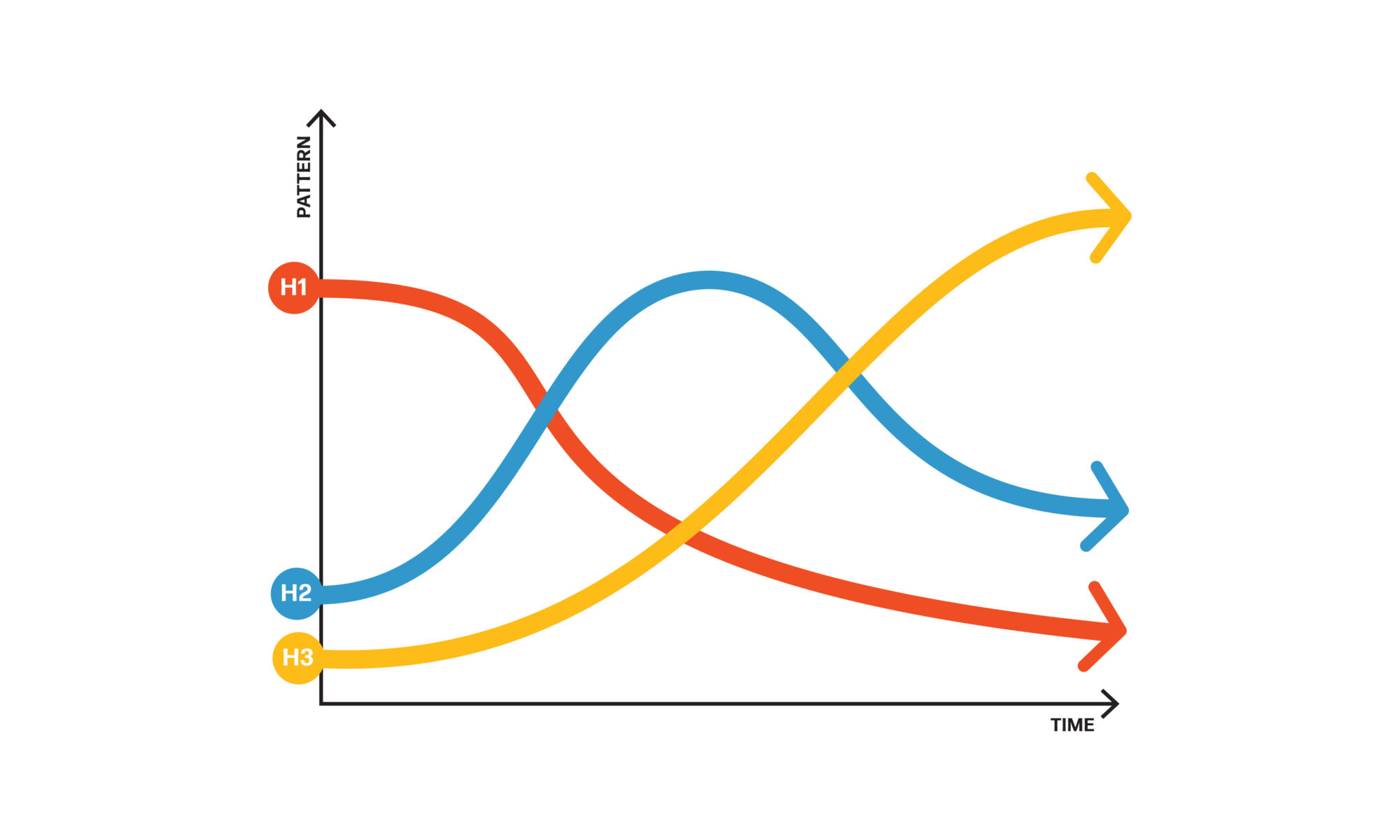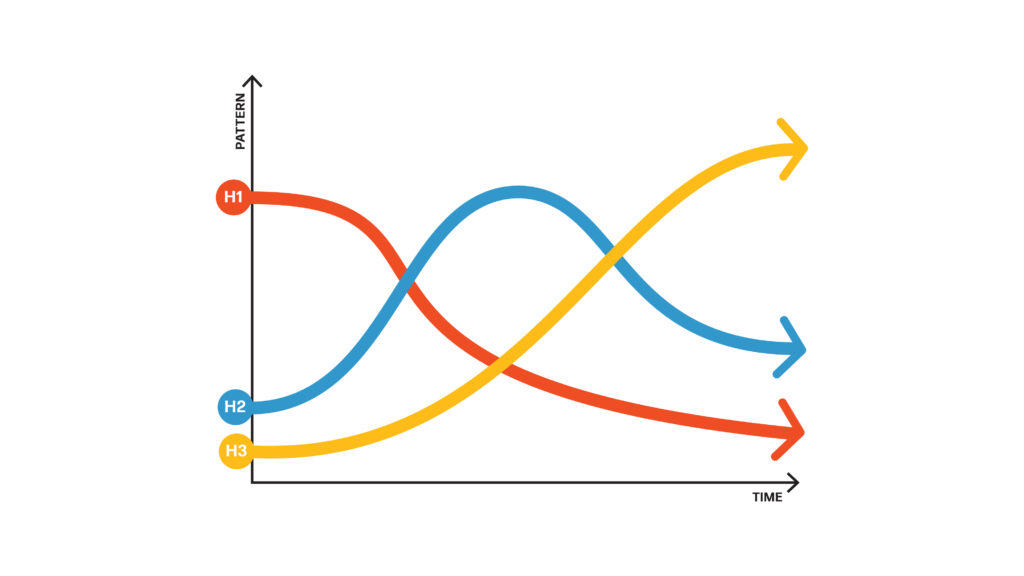This week I’ve been playing around with a way to explain the Boltzmann distribution — a mathematical function that predicts how energy is likely to spread out in a volume of gas.
Imagine you have an audience of 100 people. Imagine there is a fixed amount of laughter to go around. What’s the most likely way the laughter will be distributed in the audience.
Now, already I can see this analogy breaking down. But let’s just go with it for a little longer.
We could arrange things so that one person does all the laughing. As there’s 100 people in the room, there’s 100 different ways we could do this: one for each possible solo laugher.
Now imagine we have two people laughing each with half the total available laughter. There are now 4,950 ways to pick those two people — in other words 4,950 ways to pick two people from 100.
The more we spread the laughter around, the more ways there are of distributing that laughter.
The equation is for an audience size of n, and the number of people laughing in the audience, the number of ways of arranging laughter is n!/(k!(n-k)!).
This number of combinations gets very large very quickly. For half the audience laughing, there are approximately 100,000,000,000,000,000,000,000,000,000 ways of doing this.
This idea — the some arrangements have more ways of being achieved than others — is what underlies the Boltzmann distribution.
Introducing some more formal language:
A macrostate is the overall situation (eg half the room laughing)
A microstate is one specific way of achieving that macrostate (eg exactly which 50 out of the 100 are laughing).
Now, energy in a system doesn’t decide which microstate to be in. It just jostles around between different microstates. Some energy here, some energy there. But since there are far far more ways of achieving the more distributed macro states than the ones where energy is concentrated, the system almost always ends up in a highly distributed macro state.
The macrostate with the most microstates is overwhelmingly likely.
This is why energy spreads out in a room. It isn’t a plan, it is just the macrostate that is overwhelmingly more likely. Like billions and billions of times more likely.
This concept underpins ideas like equilibrium, itself an important underpinning idea in regenerative design. The goal of regenerative design is for humans and the living world to survive, thrive and co-evolve — in other words, thriving in equilibrium.
Of course, any physicists listening to this would laugh me off stage. For one thing, laughter isn’t a fixed quantity. And for another, one person’s laughter can trigger more. And…one person laughing amongst 100 is in itself funny.
Now if there were 100 physicists in the room…how many would be laughing?


